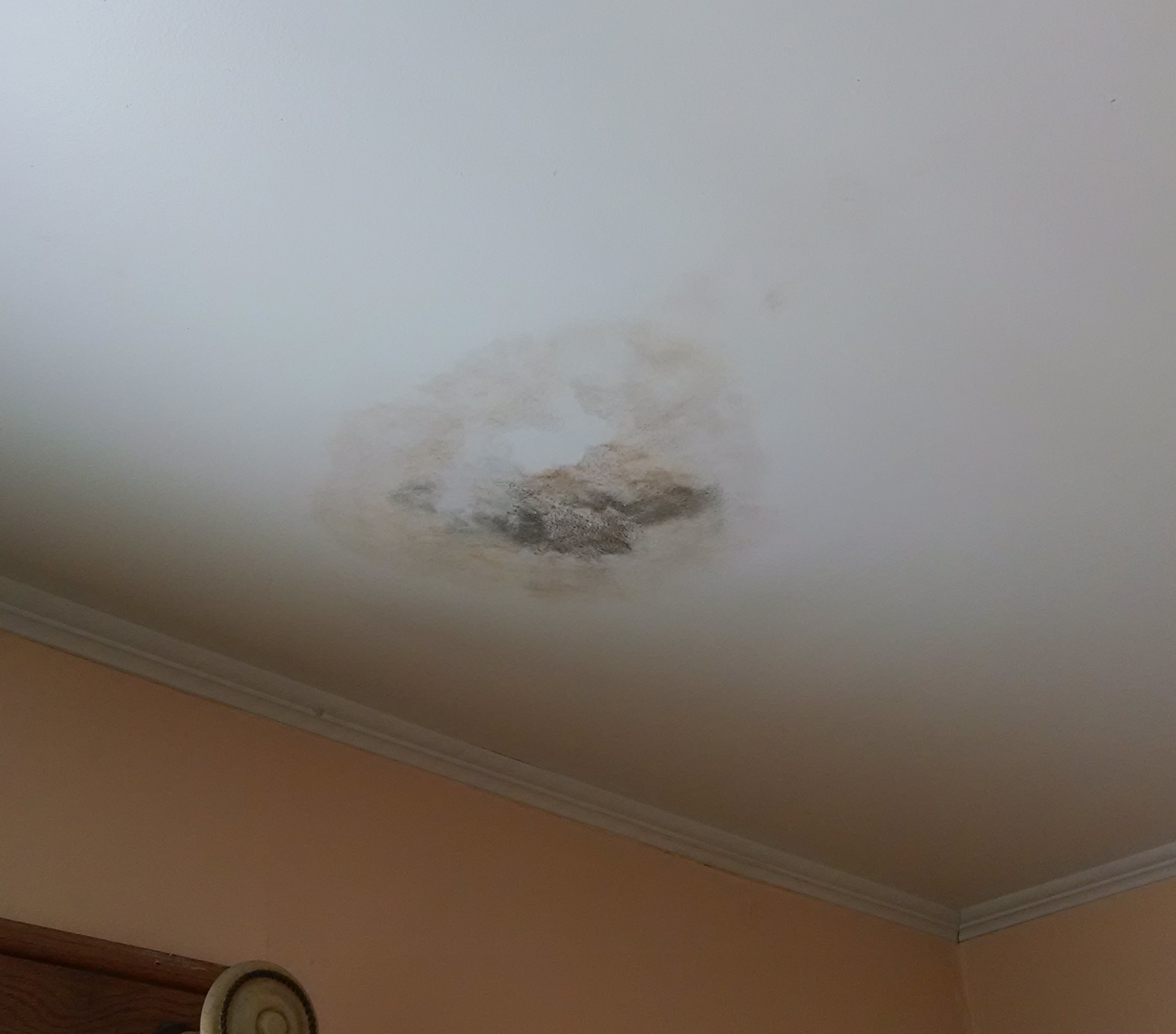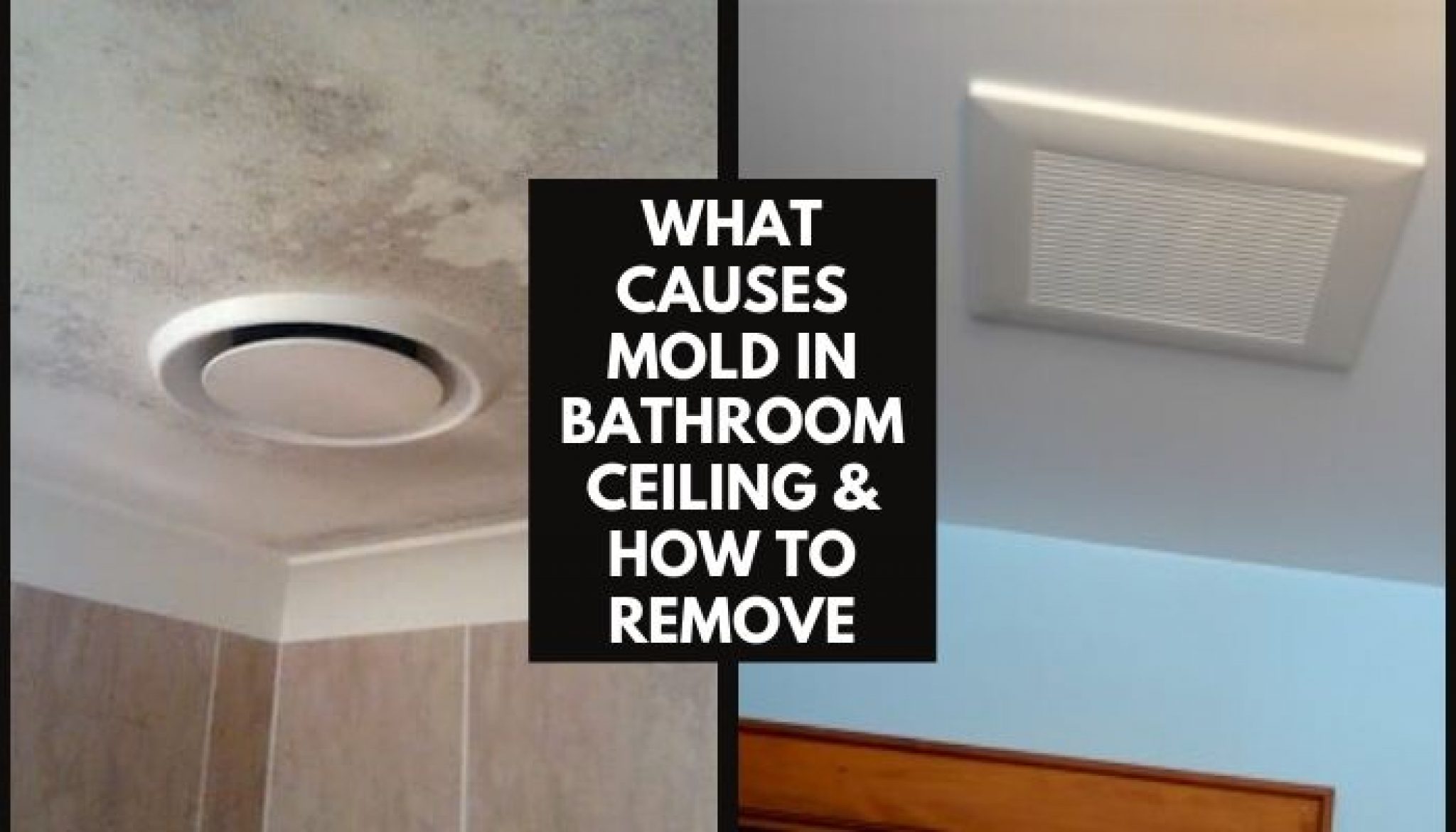Understanding Mold and Bathroom Environments

Bathrooms are known for their high humidity levels, which can create a breeding ground for mold growth. This is particularly true for bathroom ceilings, which are often exposed to moisture from showers, baths, and even condensation. Understanding the causes of mold growth and its associated health risks is crucial for creating a safe and healthy bathroom environment.
Causes of Mold Growth
Mold thrives in moist environments, and bathrooms are often susceptible to this due to the presence of water and steam.
- Moisture: The most common cause of mold growth in bathrooms is excessive moisture. Showers, baths, and even simply running the tap can release significant amounts of water vapor into the air. If this moisture isn’t adequately removed, it can condense on surfaces, creating a damp environment that encourages mold growth.
- Ventilation: Poor ventilation plays a significant role in mold growth. When moisture isn’t properly exhausted from the bathroom, it can linger in the air, creating a favorable environment for mold spores to flourish. This is why it’s crucial to have a properly functioning exhaust fan and to ensure that it’s used after every shower or bath.
- Temperature: While moisture is the primary driver of mold growth, temperature also plays a role. Warm temperatures, especially those found in bathrooms, can accelerate the growth rate of mold spores. This is why mold often grows more rapidly in bathrooms than in other areas of the home.
Health Risks Associated with Mold Exposure
Mold exposure can pose serious health risks, particularly for individuals with respiratory problems or allergies.
- Respiratory Issues: Mold can trigger allergic reactions, leading to symptoms like sneezing, coughing, runny nose, and itchy eyes. In some cases, prolonged mold exposure can even contribute to asthma and other respiratory problems.
- Other Health Problems: Mold can also cause skin irritations, headaches, and fatigue. In severe cases, mold exposure can lead to more serious health issues, especially for individuals with compromised immune systems.
Types of Mold in Bathrooms
Various types of mold can grow in bathrooms, but some are more prevalent than others.
- Black Mold (Stachybotrys chartarum): Often found in damp and water-damaged areas, black mold is known for its dark, velvety appearance and its potential to produce mycotoxins, which can be harmful to human health.
- Cladosporium: A common type of mold found in bathrooms, Cladosporium is often greenish-gray or brown in color. It can grow on a variety of surfaces, including wood, drywall, and tile.
- Penicillium: Another prevalent bathroom mold, Penicillium is typically green or blue in color. It is often found on damp surfaces, such as shower curtains, grout, and bathroom fixtures.
Paint Types and Their Mold Resistance

Choosing the right paint for your bathroom ceiling is crucial, especially when dealing with mold. Different paint types offer varying levels of mold resistance, durability, and aesthetic appeal. Understanding these differences will help you make an informed decision for a healthy and beautiful bathroom.
Mold-Resistant Paint Types
Mold-resistant paints are formulated with special additives that inhibit mold growth. These additives can be fungicides, mildewcide, or other antimicrobial agents. These paints are specifically designed for high-moisture environments like bathrooms, kitchens, and basements.
- Acrylic Latex Paint: This is a popular choice for bathrooms due to its excellent adhesion, durability, and ease of application. Acrylic latex paints are also breathable, allowing moisture to escape, which can help prevent mold growth. However, they are not as mold-resistant as other specialized paints.
- Epoxy Paint: Epoxy paints are known for their exceptional durability, moisture resistance, and chemical resistance. They create a hard, non-porous surface that makes it difficult for mold to grow. However, epoxy paints can be challenging to apply and require proper preparation.
- Enamel Paint: Enamel paints are typically oil-based and offer excellent durability and moisture resistance. They create a smooth, hard surface that is difficult for mold to penetrate. However, enamel paints can be slow to dry and emit strong odors.
- Antimicrobial Paint: These paints contain special additives that kill or inhibit the growth of mold and mildew. They are specifically designed for high-moisture areas and offer the highest level of mold resistance.
Comparison of Paint Types
| Paint Type | Cost | Durability | Ease of Application | Mold Resistance |
|---|---|---|---|---|
| Acrylic Latex Paint | Low | Good | Easy | Moderate |
| Epoxy Paint | High | Excellent | Difficult | Excellent |
| Enamel Paint | Medium | Excellent | Moderate | Good |
| Antimicrobial Paint | High | Good | Easy | Excellent |
Reputable Paint Brands
Several reputable paint brands offer mold-resistant formulas. Some of the key features and benefits of these brands include:
- Sherwin-Williams Duration Home: This paint offers excellent mildew resistance, durability, and a washable finish. It is available in a wide range of colors and finishes.
- Benjamin Moore Aura: Aura paint is known for its exceptional coverage, durability, and mildew resistance. It offers a rich, vibrant color and a smooth, washable finish.
- Valspar Reserve: Reserve paint provides excellent mildew resistance and a durable, washable finish. It is available in a wide range of colors and finishes.
Preparing the Bathroom Ceiling for Painting: Best Paint For Mouldy Bathroom Ceiling

Before you can apply a fresh coat of paint to your bathroom ceiling, it’s essential to prepare the surface properly. This involves removing any existing mold, cleaning the ceiling thoroughly, and applying a primer that will prevent future mold growth. A well-prepared ceiling will ensure that your paint adheres properly and lasts for years to come.
Cleaning the Moldy Bathroom Ceiling
Cleaning the moldy bathroom ceiling is crucial to prevent its reappearance and ensure a smooth, clean surface for painting. Here’s how to effectively remove mold:
- Protect Yourself: Wear protective gear, including gloves, a mask, and eye protection, to prevent inhaling mold spores and skin irritation.
- Ventilate the Bathroom: Open windows and doors to improve ventilation and prevent the buildup of moisture.
- Prepare a Cleaning Solution: Mix a solution of bleach and water (1 part bleach to 10 parts water) in a spray bottle.
- Apply the Solution: Spray the bleach solution onto the moldy areas, ensuring to cover them thoroughly.
- Scrub the Ceiling: Use a stiff-bristled brush to scrub the moldy areas, removing the mold and cleaning the surface.
- Rinse the Ceiling: After scrubbing, rinse the ceiling with clean water to remove any remaining bleach solution.
- Dry the Ceiling: Allow the ceiling to dry completely before proceeding to the next step.
Note: Always test the bleach solution on a small, inconspicuous area of the ceiling first to ensure it does not damage the paint or surface.
Sanding the Bathroom Ceiling, Best paint for mouldy bathroom ceiling
After cleaning the moldy bathroom ceiling, sanding is essential to create a smooth surface for painting. This step helps to remove any remaining mold spores and create a better adhesion for the primer and paint.
- Use Fine-Grit Sandpaper: Start with a fine-grit sandpaper (120-grit) to smooth out any rough spots or irregularities.
- Sand Gently: Sand the ceiling gently, using circular motions to avoid damaging the surface.
- Remove Dust: After sanding, use a damp cloth to remove any dust or debris from the ceiling.
Priming the Bathroom Ceiling
Priming the bathroom ceiling is a crucial step in preparing it for painting. A mildewcide primer helps to prevent future mold growth and creates a better surface for the paint to adhere to.
- Choose a Mildewcide Primer: Opt for a mildewcide primer specifically designed for bathrooms or high-moisture areas.
- Apply the Primer Evenly: Use a paint roller or brush to apply the primer evenly to the entire ceiling.
- Allow the Primer to Dry: Allow the primer to dry completely before applying the final coat of paint.
